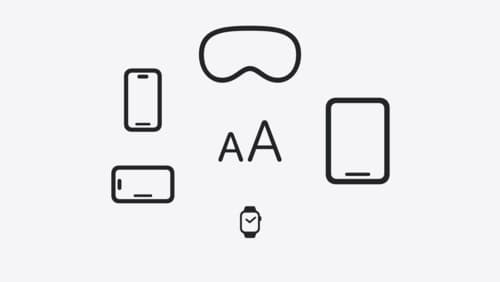How to make scroll view uikit
Asked on 2024-10-10
1 search
To create a scroll view in UIKit, you can use the UIScrollView class. Here's a basic example of how you might set up a scroll view in UIKit:
import UIKit
class ViewController: UIViewController {
override func viewDidLoad() {
super.viewDidLoad()
// Create a UIScrollView
let scrollView = UIScrollView(frame: view.bounds)
scrollView.backgroundColor = .white
// Create a content view to add to the scroll view
let contentView = UIView()
contentView.backgroundColor = .lightGray
// Add the content view to the scroll view
scrollView.addSubview(contentView)
// Set the content size of the scroll view
scrollView.contentSize = CGSize(width: view.bounds.width, height: 1000)
// Add the scroll view to the main view
view.addSubview(scrollView)
// Set constraints for the content view
contentView.translatesAutoresizingMaskIntoConstraints = false
NSLayoutConstraint.activate([
contentView.topAnchor.constraint(equalTo: scrollView.topAnchor),
contentView.bottomAnchor.constraint(equalTo: scrollView.bottomAnchor),
contentView.leadingAnchor.constraint(equalTo: scrollView.leadingAnchor),
contentView.trailingAnchor.constraint(equalTo: scrollView.trailingAnchor),
contentView.widthAnchor.constraint(equalTo: scrollView.widthAnchor)
])
}
}
This code sets up a basic scroll view with a content view inside it. The content view's height is set to 1000 points, which allows you to scroll vertically. You can customize the content view by adding subviews and setting their constraints as needed.
For more advanced scroll view features and modifiers, you might want to explore the new capabilities in SwiftUI, as discussed in the WWDC sessions like "Migrate your TVML app to SwiftUI" and "Create custom visual effects with SwiftUI". These sessions cover new scroll view modifiers and custom scroll effects that can enhance your app's user experience.

Enhance your UI animations and transitions
Explore how to adopt the zoom transition in navigation and presentations to increase the sense of continuity in your app, and learn how to animate UIKit views with SwiftUI animations to make it easier to build animations that feel continuous.

Evolve your document launch experience
Make your document-based app stand out, and bring its unique identity into focus with the new document launch experience. Learn how to leverage the new API to customize the first screen people see when they launch your app. Utilize the new system-provided design, and amend it with custom actions, delightful decorative views, and impressive animations.

Get started with Dynamic Type
Dynamic Type lets people choose their preferred text size across the system and all of their apps. To help you get started supporting Dynamic Type, we’ll cover the fundamentals: How it works, how to find issues with scaling text in your app, and how to take practical steps using SwiftUI and UIKit to create a great Dynamic Type experience. We’ll also show how you can best use the Large Content Viewer to make navigation controls accessible to everyone.
